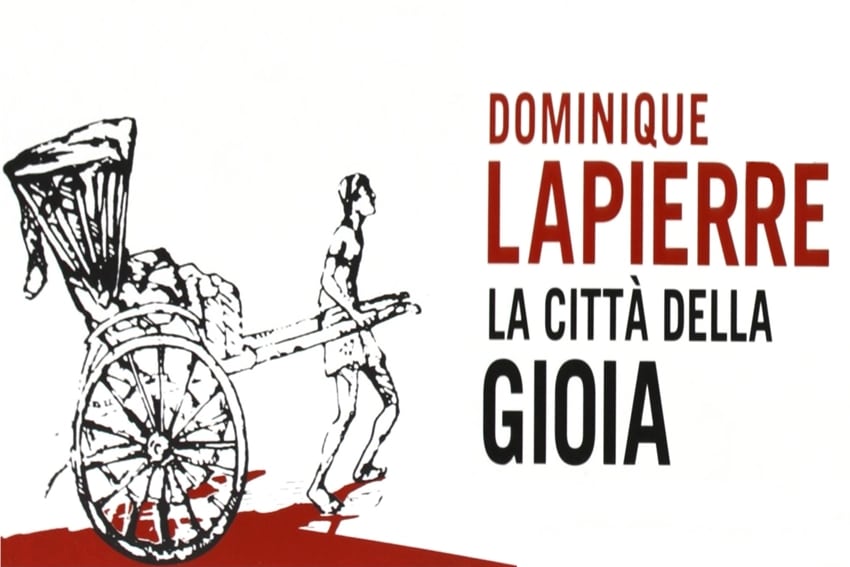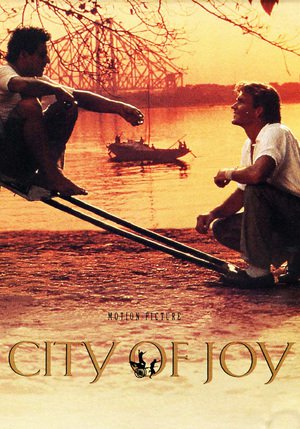Through this wonderful book, brought in a masterful way in the cinemas, I saw with different eyes the India of my first travels. This imaginary “Trip to India with Dominique Lapierre” simply wants to show that side, often forgotten, of a great country with a thousand facets, a giant with feet of clay, full of wealth and poverty. Of weeping and joy.

This book written more than thirty years ago is still very relevant because it helps us to confront ourselves with the poor who unfortunately have not gone out of fashion.
Certainly since then India has changed thanks to a great economic progress but many situations of poverty are still present as a sign of great contradictions with its rapid development.
But looking poverty in the face also helps not to be afraid of it, how many times in our modern metropolises we have been concerned not about the living conditions of those who lived on the streets but about the image of degradation that derived from it for the city.
The beauty of this book lies precisely in the human profile that is traced of people who live in very poor conditions, in their dignity and in their ability to live even with faith and serenity despite their misery.
In a society such as ours in which economic well-being, as we have been taught for years, seems to represent true happiness in life but which in reality never satisfies us, reading this book helps us to understand the beauty of a life that focuses on the humanity of the person and not on wealth.
The experience of Mother Teresa, of whom the book speaks, matured in India. Her example of faith and love for the poor was famous throughout the world and her life still continues to speak to our society.
Faced, then, with the pessimism of the economic crisis in the Western world and the consequent increase in poverty, a reflection on the foundations for building the future of our cities must be thought out so as not to close in on ourselves both in the face of the poor already present and in the face of those who, coming from other countries, knock on our doors.
In a world like ours that is resigned and withdrawn into itself, this title, which is the name of the slum where the stories of the protagonists intertwine, is full of meaning because despite the fact that the life stories told speak of extreme difficulties and poverty that are undoubtedly greater than ours, the characters that populate this book retain a dignity and serenity that explains the name of the city of joy.
Reading this book does not make us sad despite the story of a life of hard work, poverty, suffering and disease, but it transmits a great serenity because it places human feelings at the center of the story, significant is the story of a wedding among lepers because it is a celebration despite the diffficile condition and because it makes us understand the beauty of living even in the disease.
Therefore, living with “joy” is not measured so much in possessing riches but in living in fraternity and in peace with the world around us and above all in a well-being shared by all.



